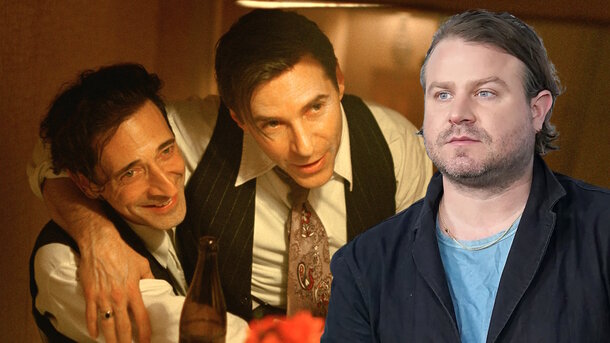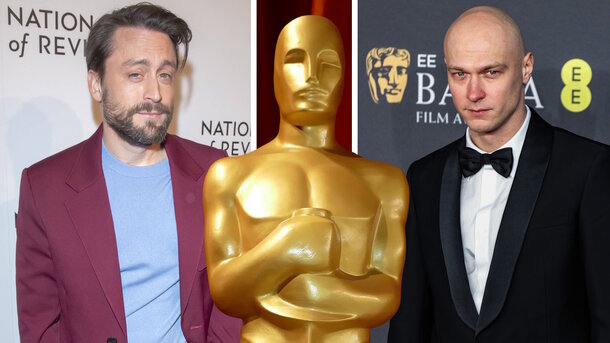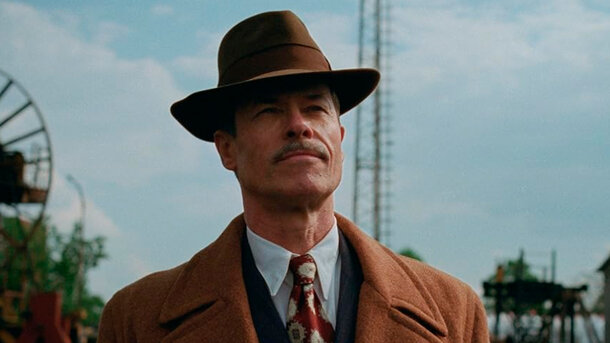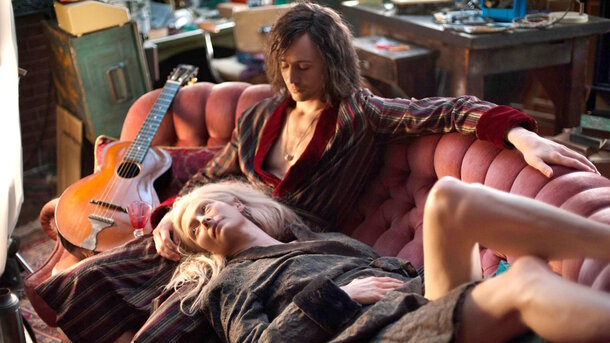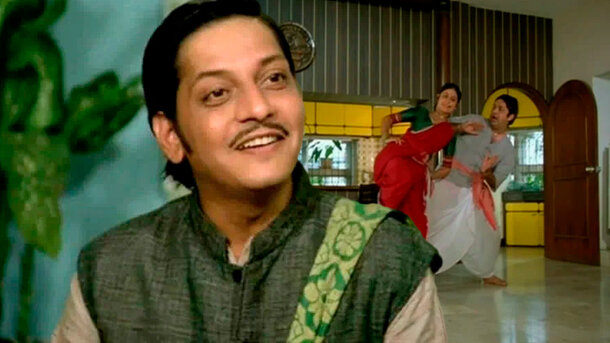Engaging Introduction: A Reflection on Art and Resilience
Every great architectural work tells a story — a testament to the perseverance of its creator. Brady Corbet’s new movie The Brutalist absolutely reflects this sentiment, blending the stark beauty of brutalist design with a poignant narrative about the cost of ambition and survival. As someone who finds interesting meaning in the intersection of art and human experience, I was deeply moved by how this film builds its story one emotional brick at a time.
Plot Overview: A Survivor’s Quest for Meaning
Set in the aftermath of World War II, The Brutalist follows László Tóth (Adrien Brody), a talented Hungarian Jewish architect who escaped the horrors of the Holocaust and emigrated to the United States with his wife, Erzsébet (Felicity Jones). The film charts László’s journey as he attempts to rebuild his life and career in a new and unfamiliar land. His story is a universal exploration of hope, sacrifice, and the eternal struggle to reconcile dreams with reality. It is a story told through a lens of raw, human emotion.
Director’s Vision: Monumental Storytelling
Brady Corbet’s direction is as uncompromising as the architectural style his film is named after. Known for his thought-provoking projects (Vox Lux, The Childhood of a Leader), Corbet crafts a visual and emotional masterpiece. The film’s 215-minute runtime, complete with an intermission, may challenge viewers, but it serves as a deliberate choice, allowing the story to unfold with meticulous care. Corbet’s vision captures not only the grandiosity of architecture but also the intimate details of human resilience.
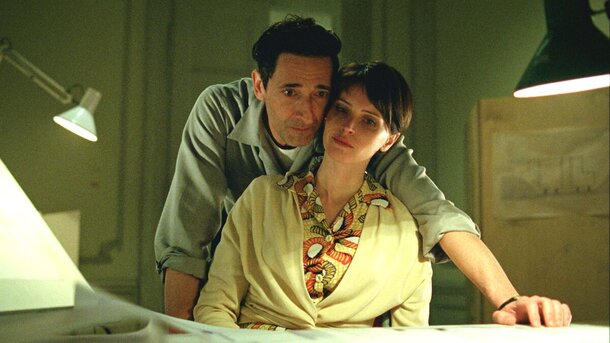
Performances: Adrien Brody Commands the Screen
Adrien Brody delivers one of the career-defining performance as László Tóth, embodying the architect’s quiet strength and inner conflict with breathtaking nuance. Felicity Jones complements him beautifully, portraying Erzsébet as a pillar of emotional stability amid turmoil. Supporting performances by Guy Pearce and Joe Alwyn add complexity to this intricate narrative, rounding out a stellar ensemble cast.
Cinematography and Sound: A Symphony of Artistry
Lol Crawley’s cinematography is a masterclass in visual storytelling, using stark geometric compositions and muted tones to reflect the brutalist aesthetic. Each shot feels like a carefully designed structure, guiding the viewer through László’s emotional and physical landscapes. Daniel Blumberg’s haunting score amplifies the film’s mood, blending seamlessly with the narrative to evoke both tension and solace.
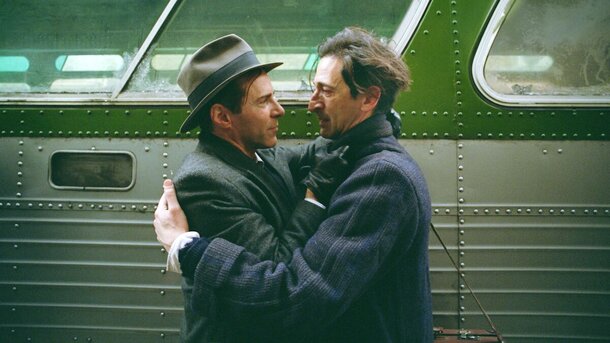
Themes and Symbolism: The Structures We Build
At its core, The Brutalist is a meditation on resilience, identity, and the sacrifices required to pursue one’s dreams. The architectural elements in the film serve as metaphors for László’s life — solid, enduring, yet marked by the scars of struggle. The story also delves into themes of immigration, artistic compromise, and the universal quest for belonging, leaving audiences with much to reflect on.
Final Verdict: A Cinematic Landmark
The Brutalist is a towering achievement in contemporary filmmaking — a story that challenges, inspires, and lingers long after the credits roll. For those willing to embrace its deliberate pace and thematic complexity, it offers a deeply rewarding experience.
Rating: 8.1/10
Budget: $9.6 million
Awards and Nominations: Winner of the Golden Globe 2025 — best motion picture, best Actor, Best Director. Film has multiple nominations for upcoming Academy Awards.


